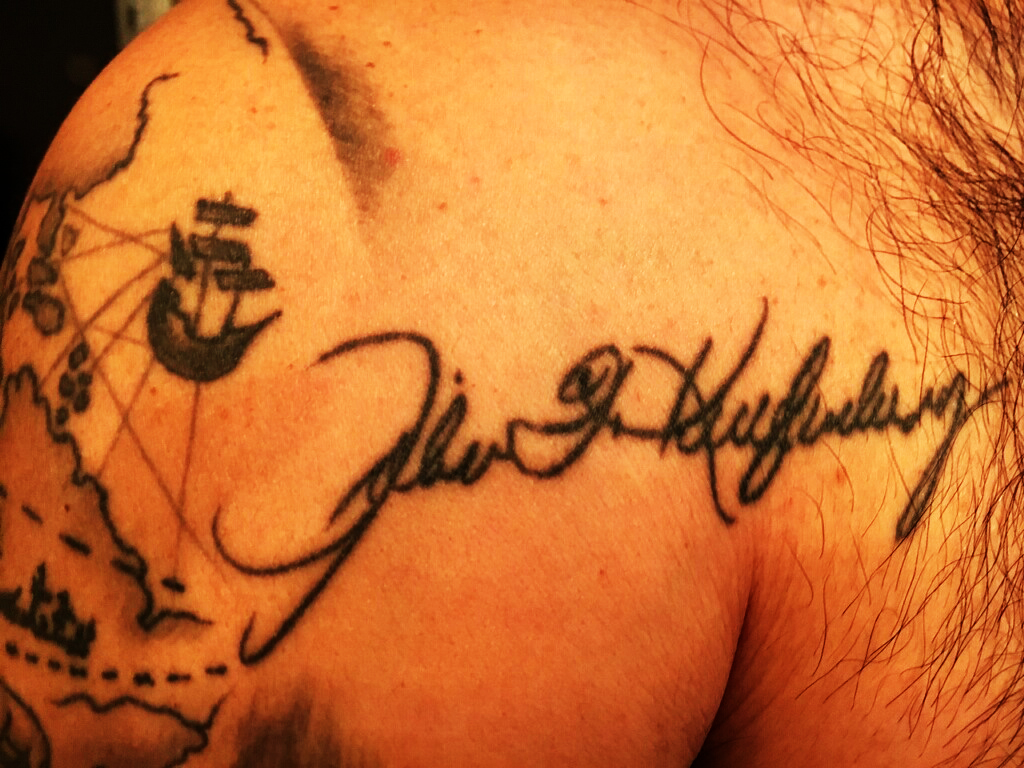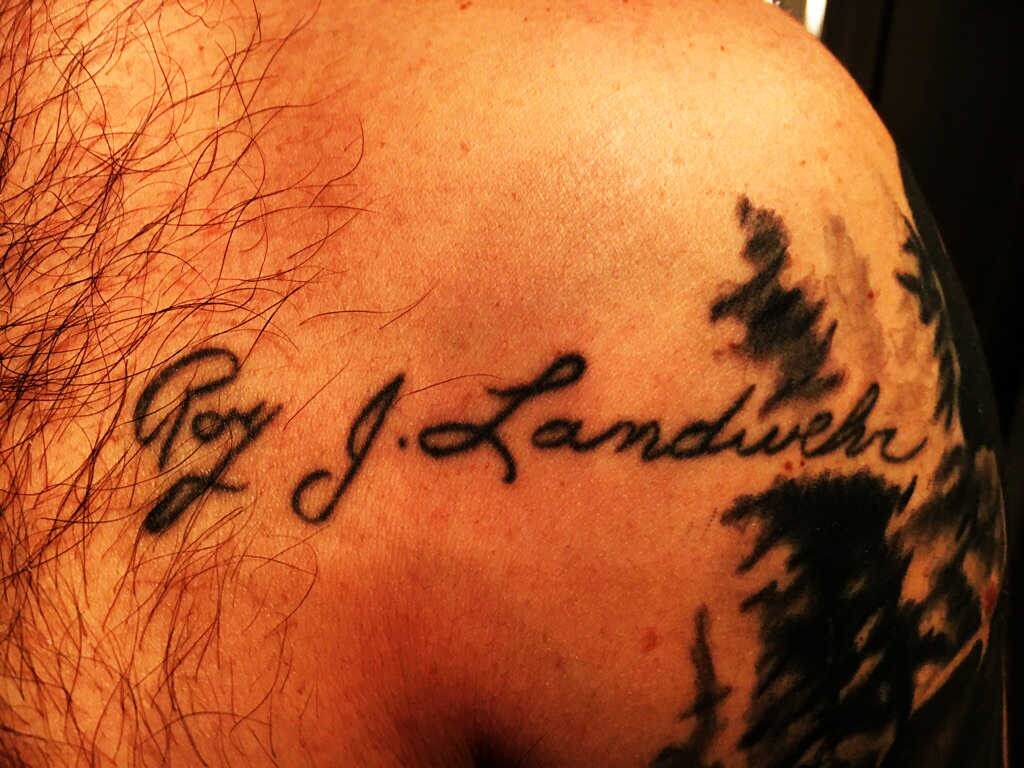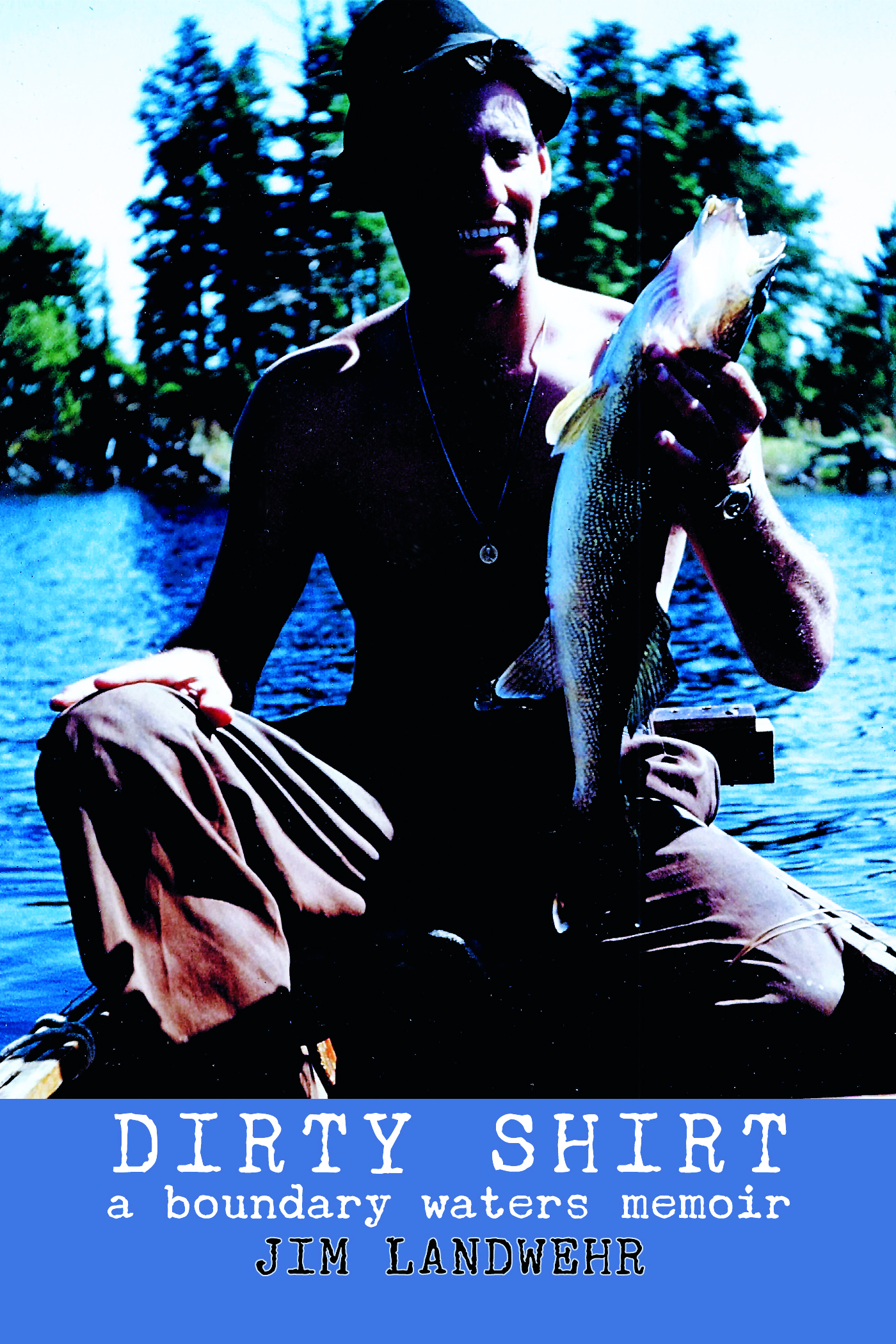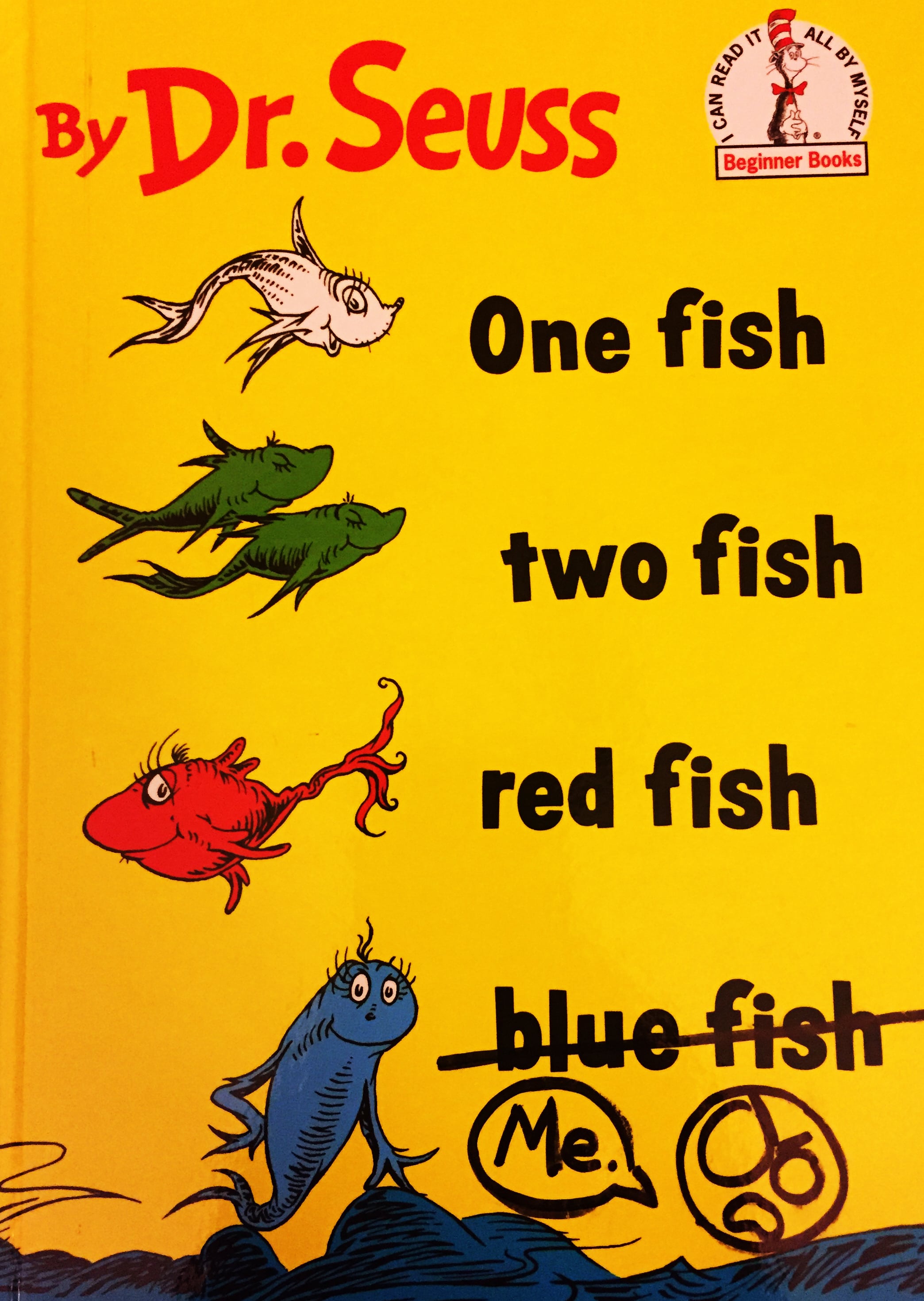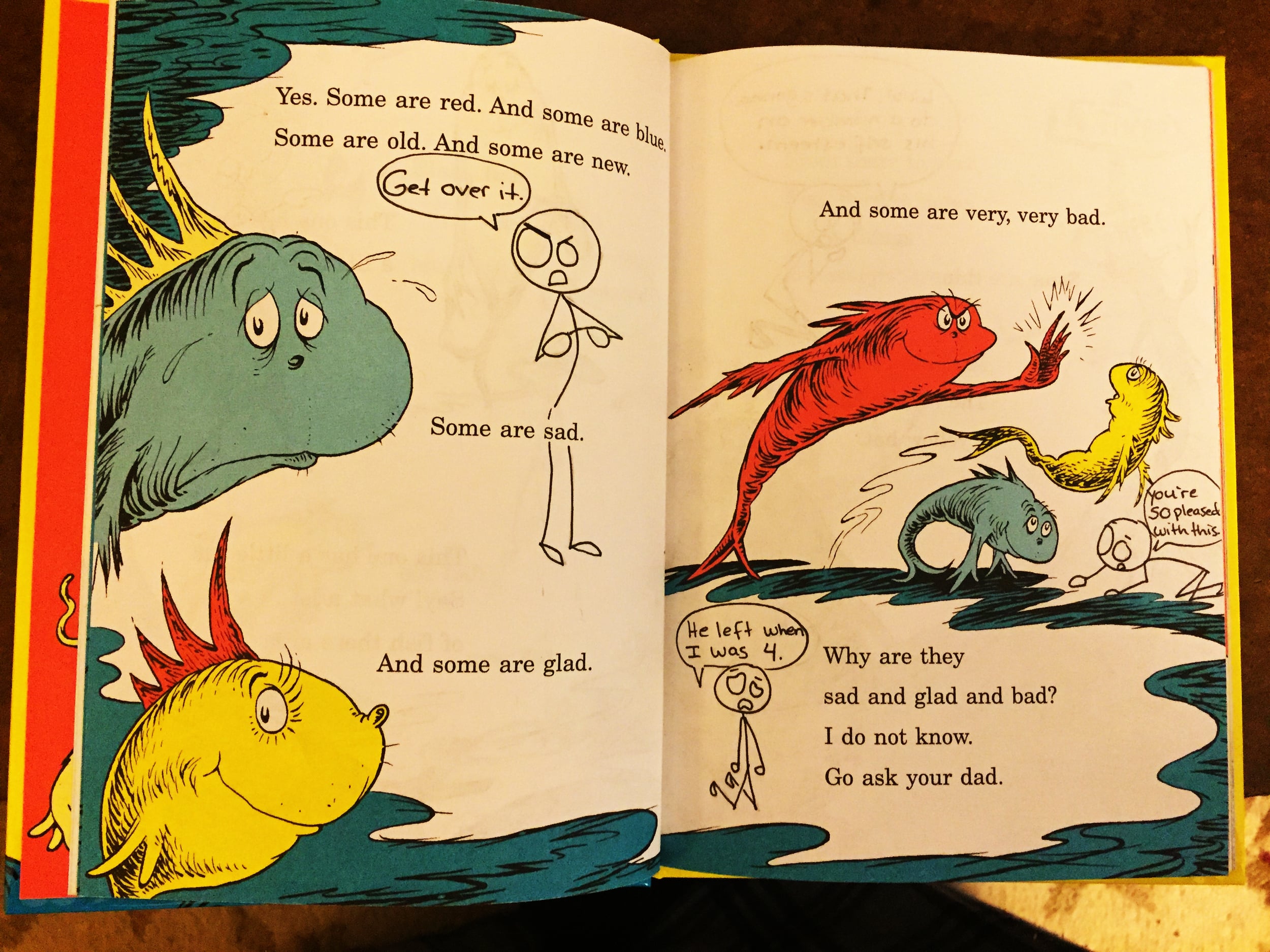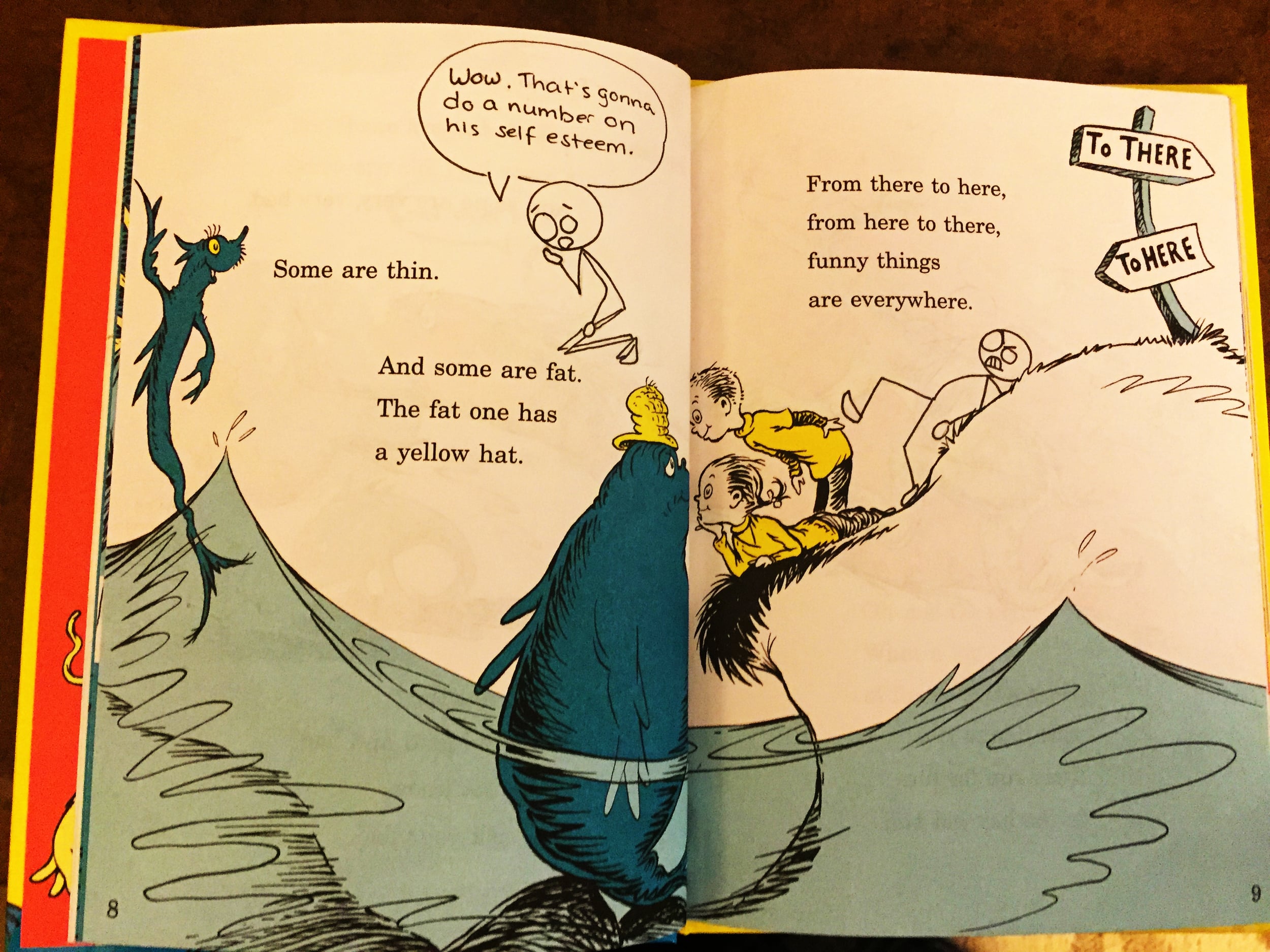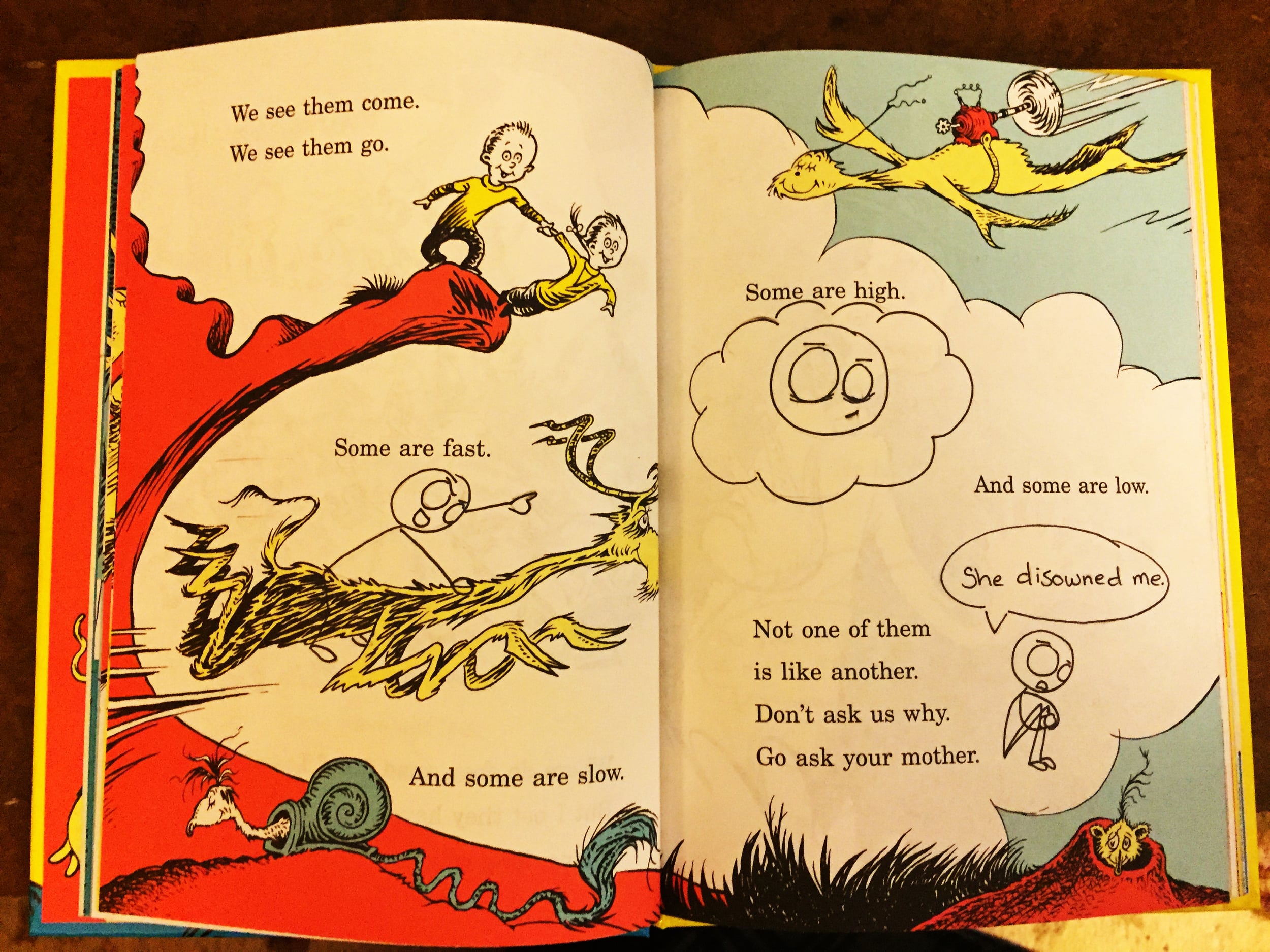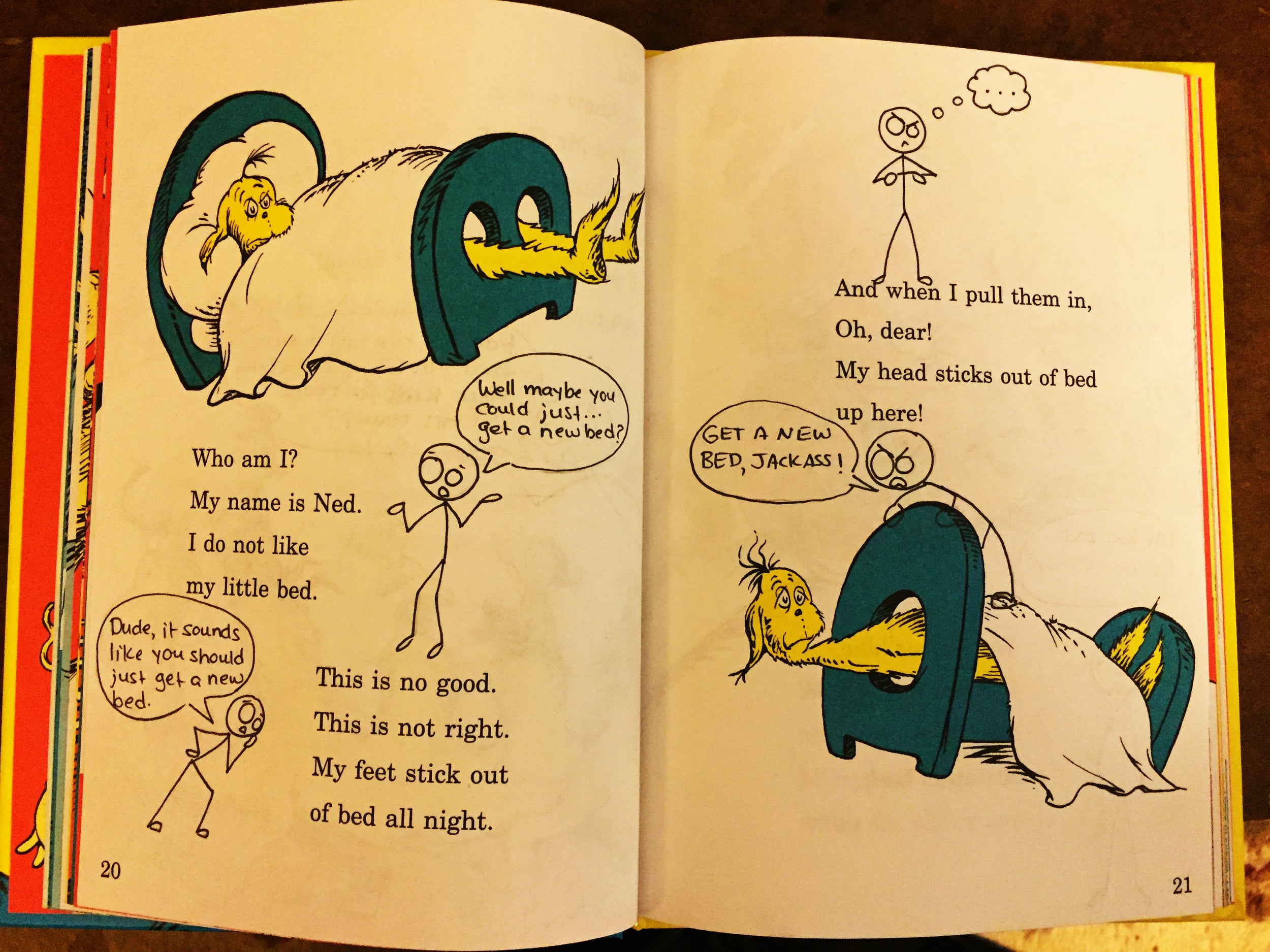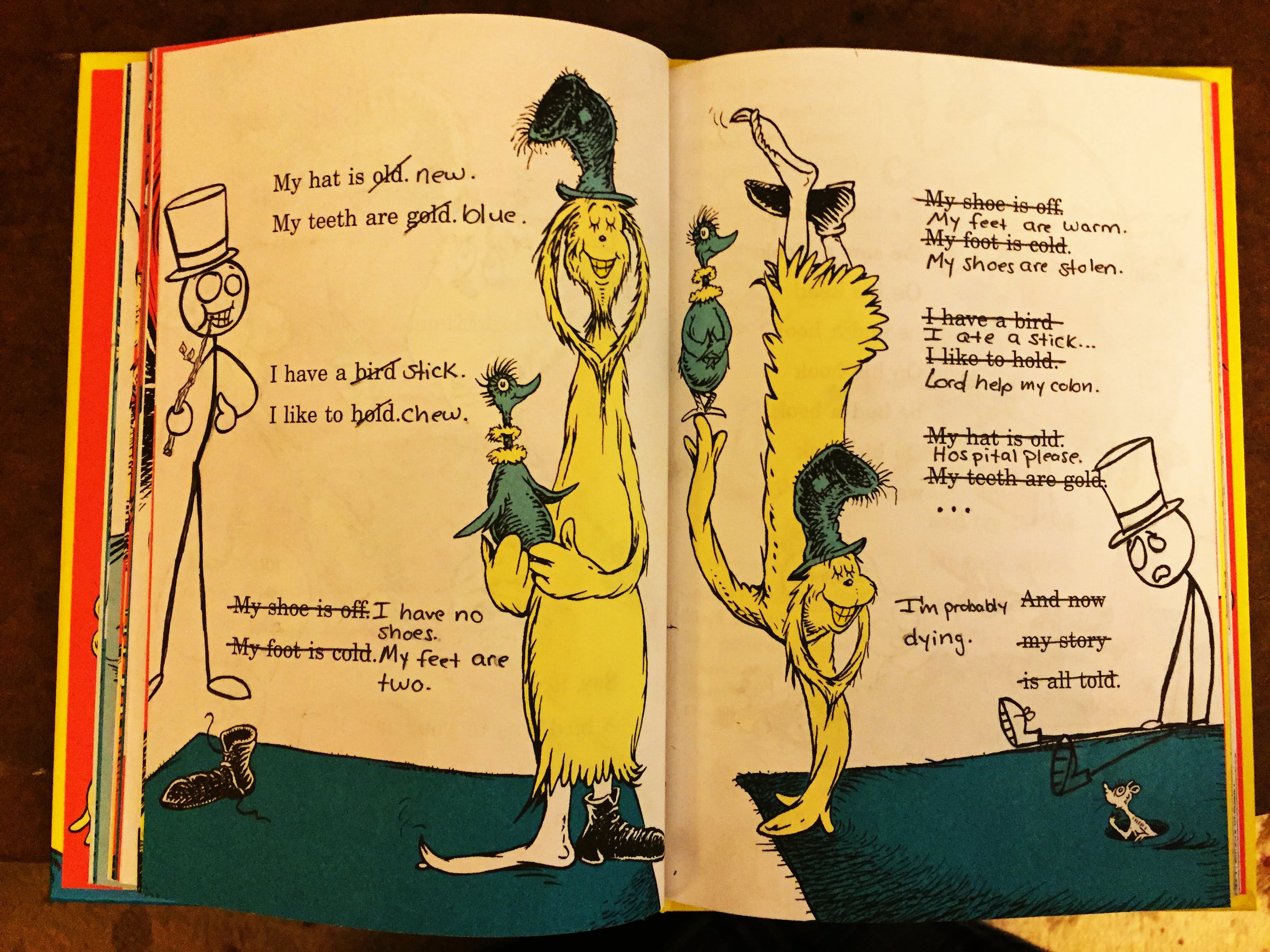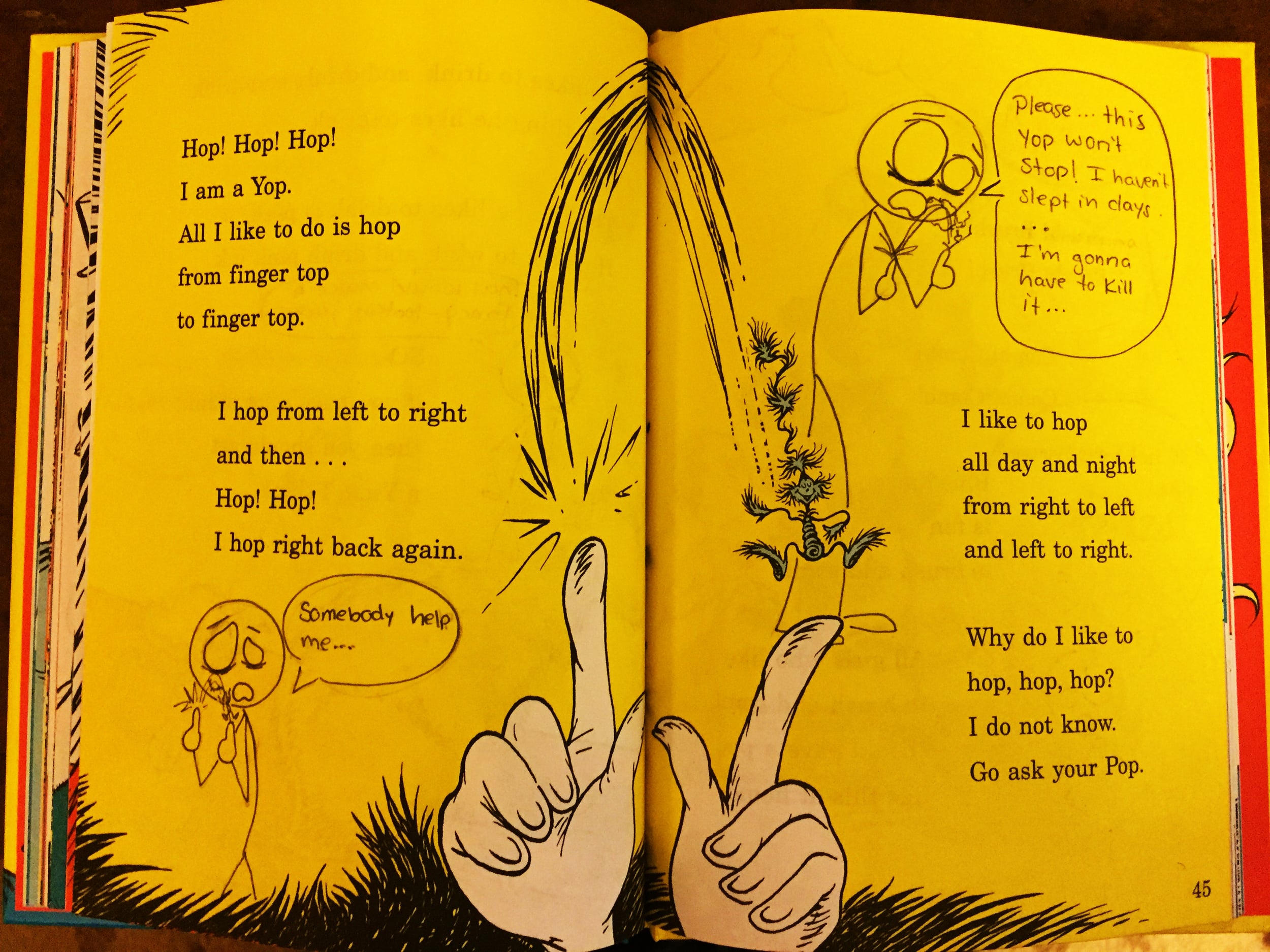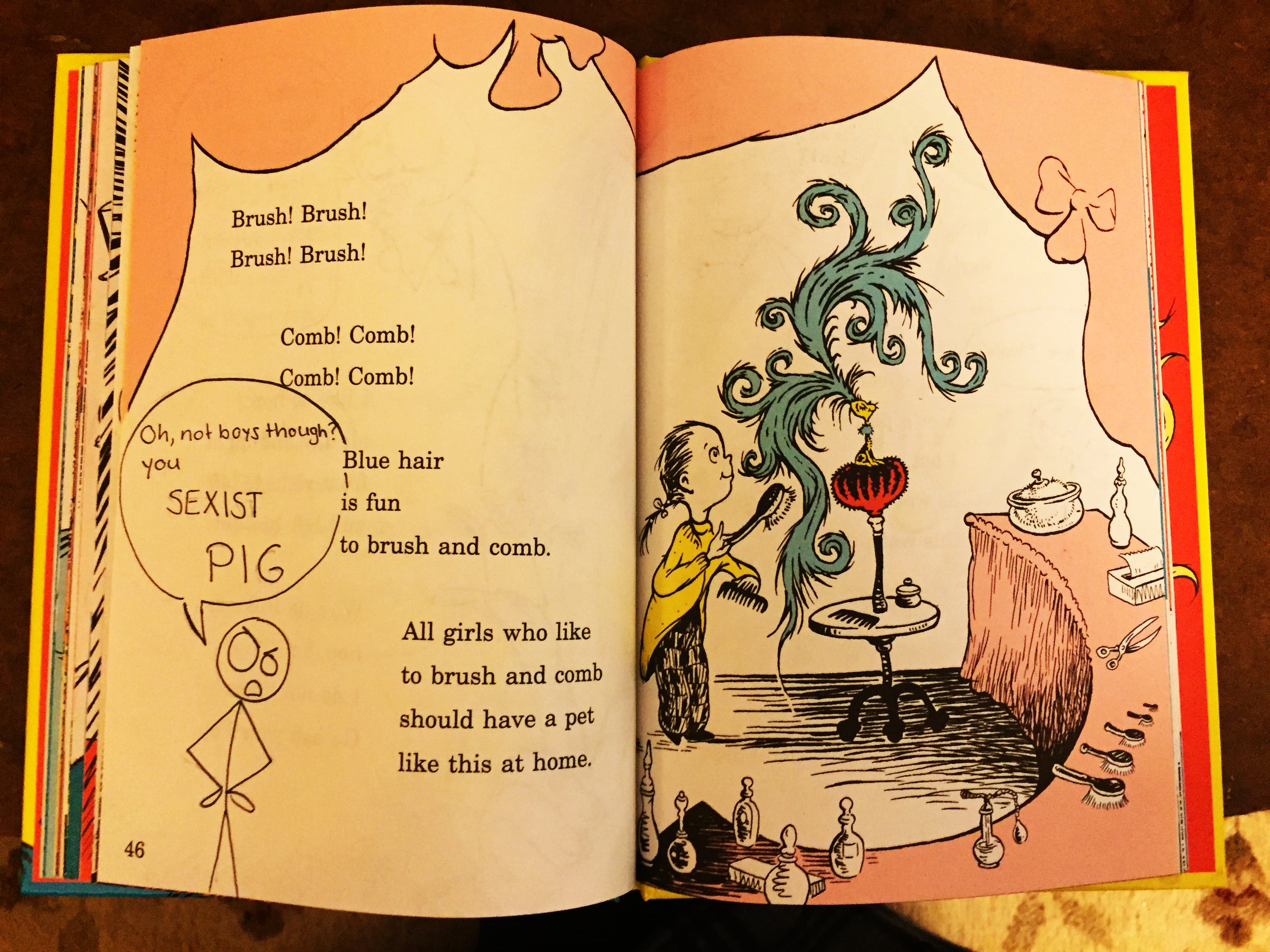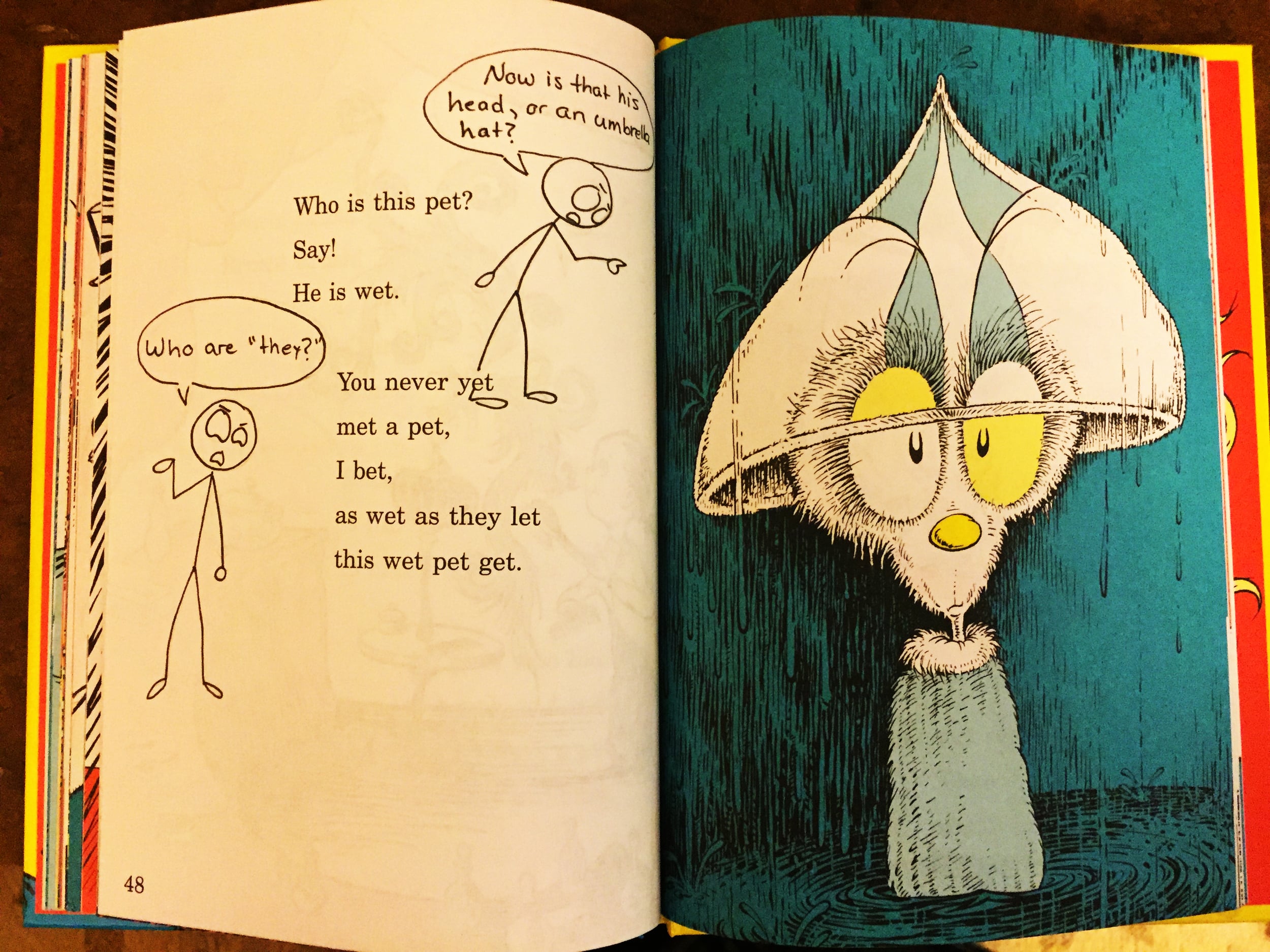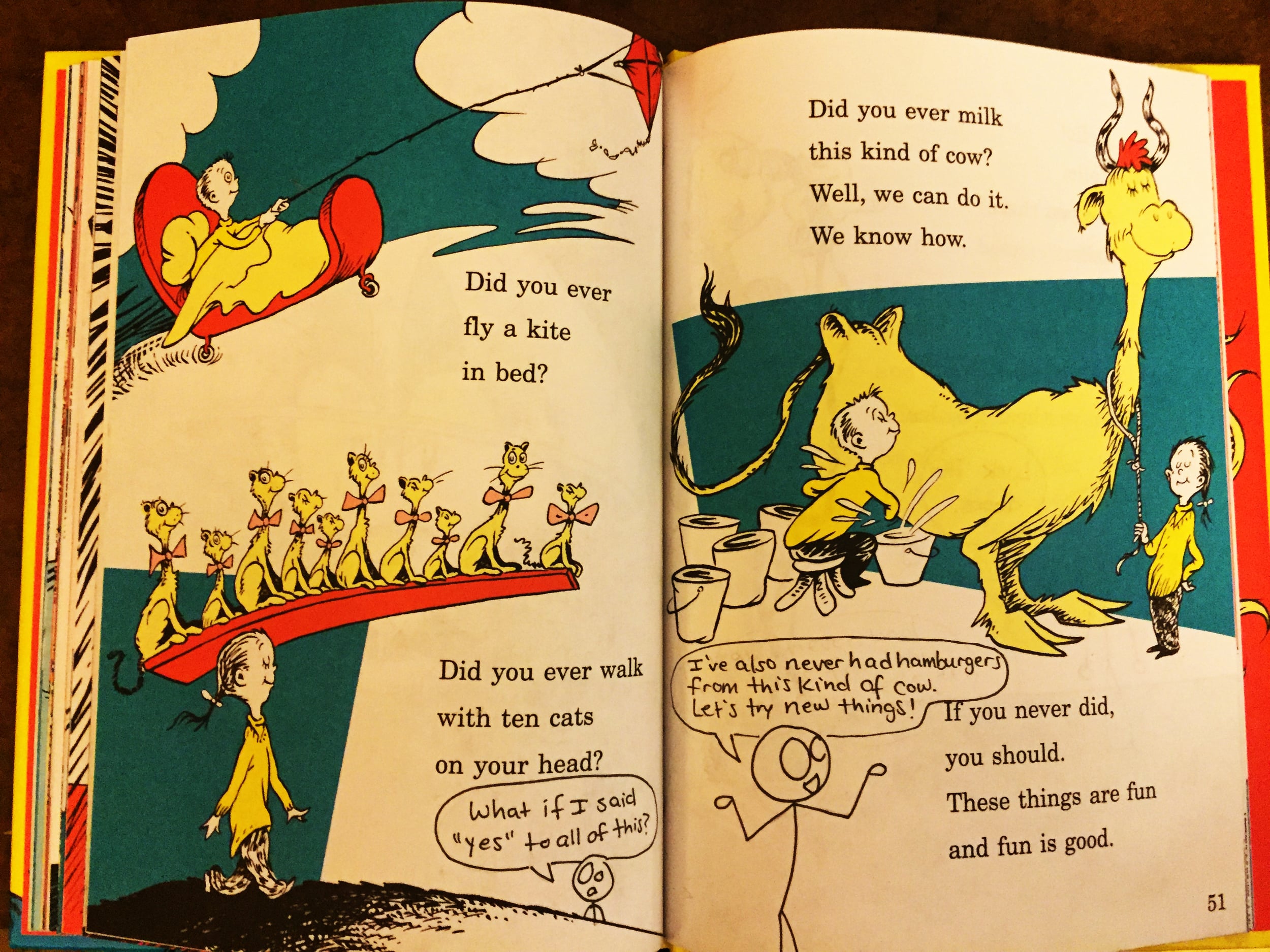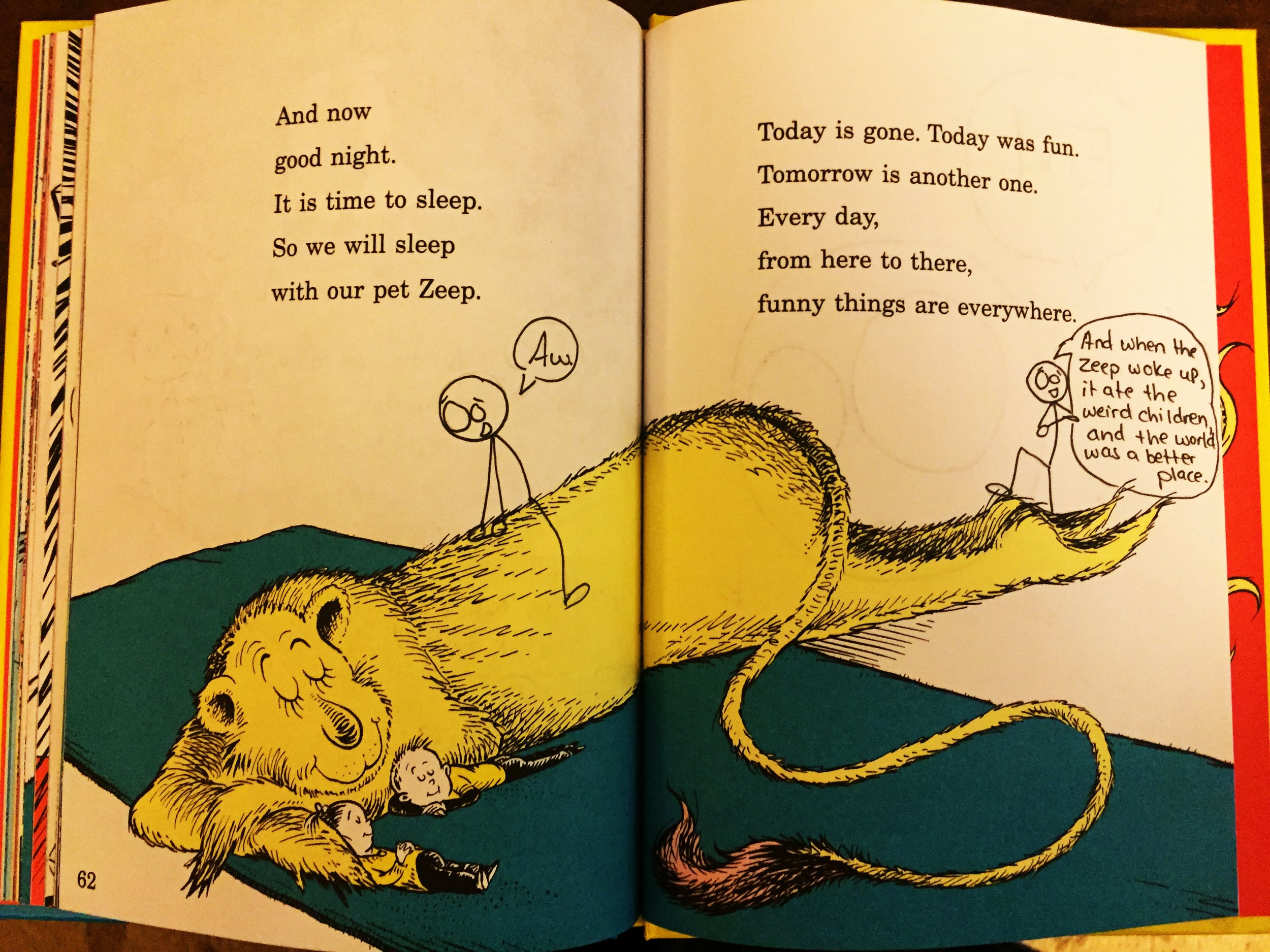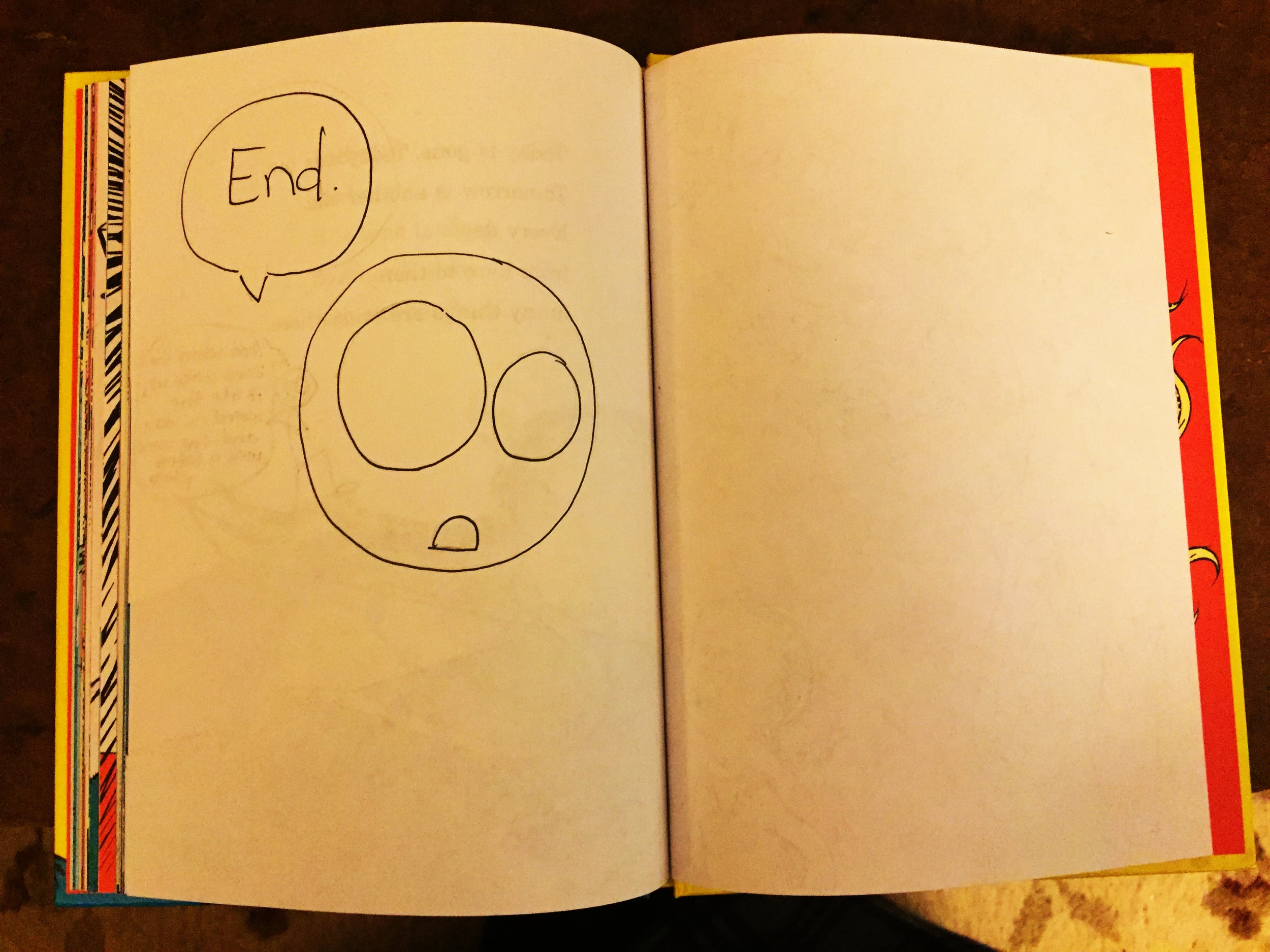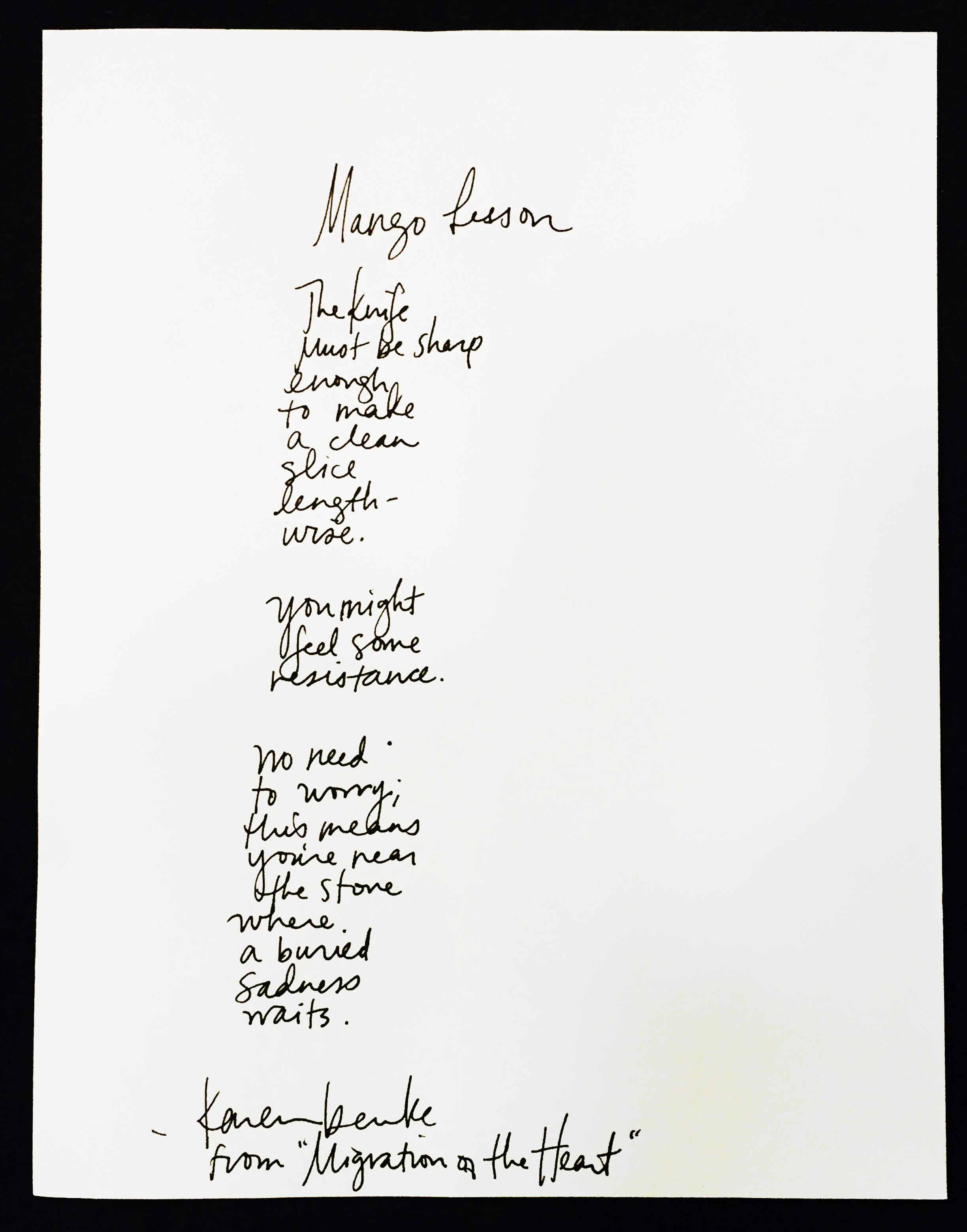The Story of My Signature Tattoos Started on a Night Punctuated with a Bottle of Irish Whisky • Nick Landwehr
Bretty Rawson
BY NICK LANDWEHR
The story of my signature tattoos started on a night with my college roommate punctuated with a bottle of Irish whisky.
The justification for such a night was the recent passing of my father. We stayed up until the wee hours of the morning discussing life, music, girls, and many other places our liquor-induced conversations took us. Finally, we came to the topic of tattoos and what kind we would get if we were to ever get one. Together, we came up with the idea of having our parents’ signatures from our birth certificates tattooed onto our arms. Our rationale being that it was the signatures they used to "sign" us into their possession.
Anyway, after I had those tattoos inked on my inner arms, I felt the need to also pay tribute to my grandparents who had done so much for me. I tried to think of an important document which they would have signed which held significance in their own lives. My best idea was that I would use my grandfather's signature from his military discharge papers after the conclusion of WWII, and my grandmother's signature from their wedding certificates. Both to me seem to be two of the most important times they autographed their lives.
BY JIM LANDWEHR
Being a writer, when I first saw the call for images for National Handwriting Day, I immediately submitted a couple of my handwritten poem drafts, both of which made it into the exhibition.
Then, after thinking for a bit, I thought of my nephew Nick and his handwriting signature tattoos. He is a huge tattoo fan and has eight total signature tattoos amongst the many other beautiful works that adorn his arms. I remember when I first saw the tattoo of my mother and father's signatures on him. I instantly recognized my mother’s with her signature Stonehenge ‘M’ at the beginning of Mary. But seeing my father’s was a little haunting for me, probably because I’d never seen his handwriting before. He was beaten and killed in a bar at the age of 42, when I was just five years old. So seeing his signature on Nick, was a bit like discovering an old letter in the attic from the war. I guess it just shows how someone's signature can evoke an emotional response. So it goes with all handwriting, I think.
Being Nick’s godfather, the two of us have always been very close. Despite my moving away to Wisconsin in 1986, he and I still got together whenever I made it back to town to visit. In 2014, I wrote a book titled Dirty Shirt: A Boundary Waters Memoir. The book details trips I took to the Boundary Waters Canoe Area Wilderness with my brothers nearly thirty years ago and, more recently, with our kids. In 2012 we brought Nick with us to fill in for my brother Rob who passed away from cancer in 2011. Nick shared a canoe with Rob’s daughter, Alison, and it became known as the orphan canoe, (Nick’s father had passed away suddenly in 2005). On Father’s Day of that trip, we sprinkled some of Rob’s ashes over the waters of the BWCA, a place he loved much like Roy had. This event plus being around his uncles and cousins in such a remote region, impacted Nick in ways he never expected.
As a tribute to myself, his grandfather Roy and the Boundary Waters area, he got a tattoo of the picture that was used for the book’s cover of Roy holding a walleye in a canoe while on a BWCA trip in the 60’s. When Nick surprised me with a picture of the tattoo I was both flattered and deeply moved.

